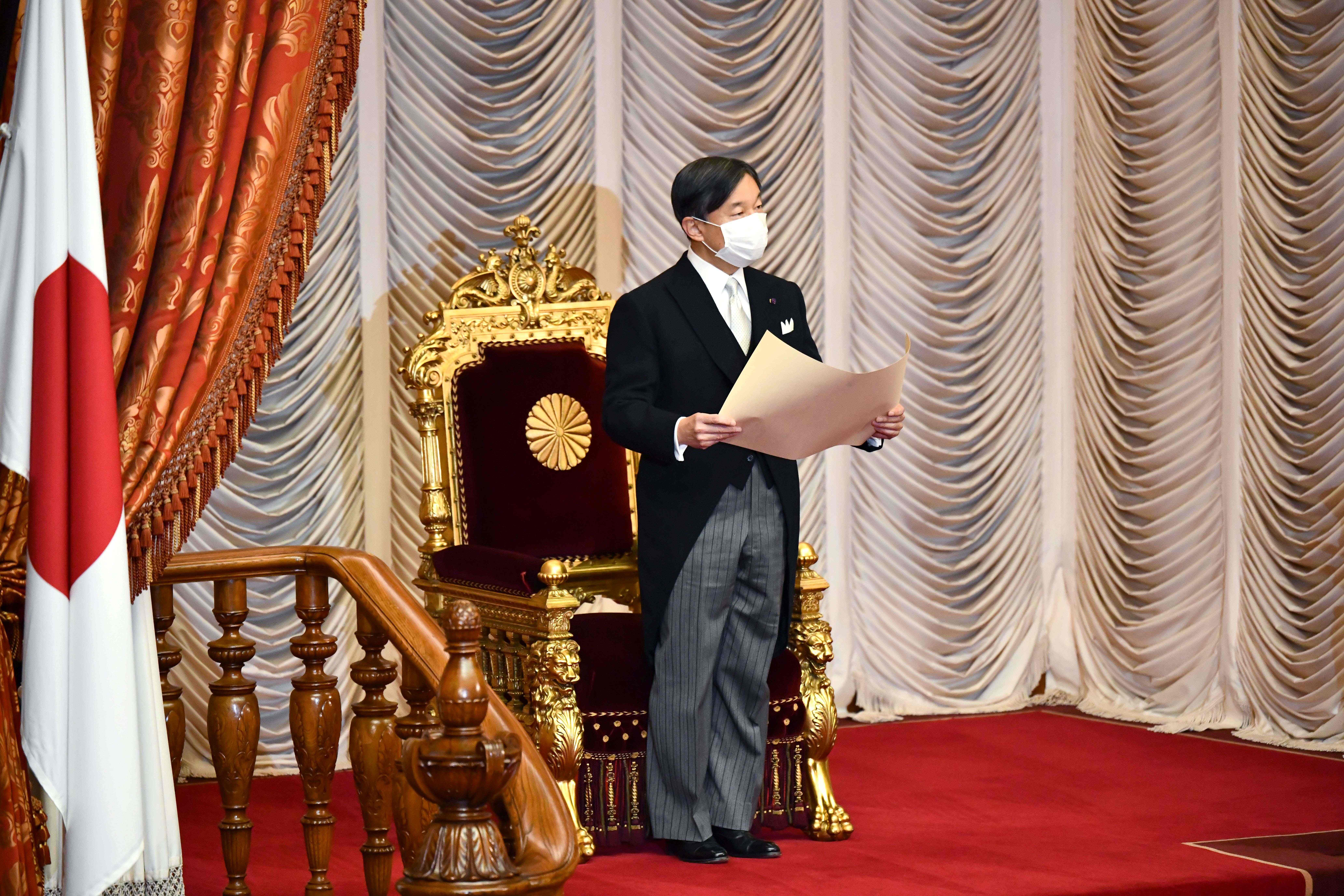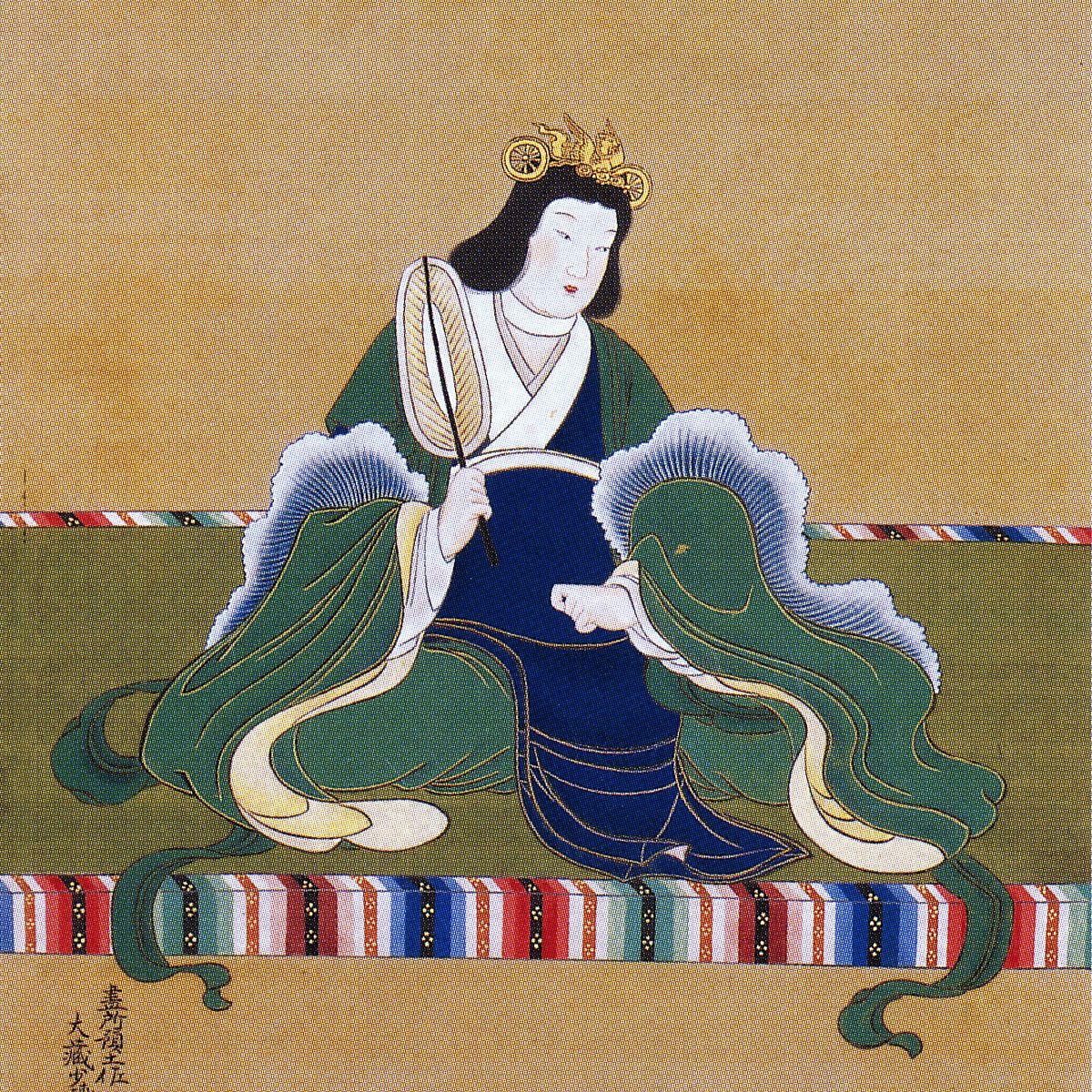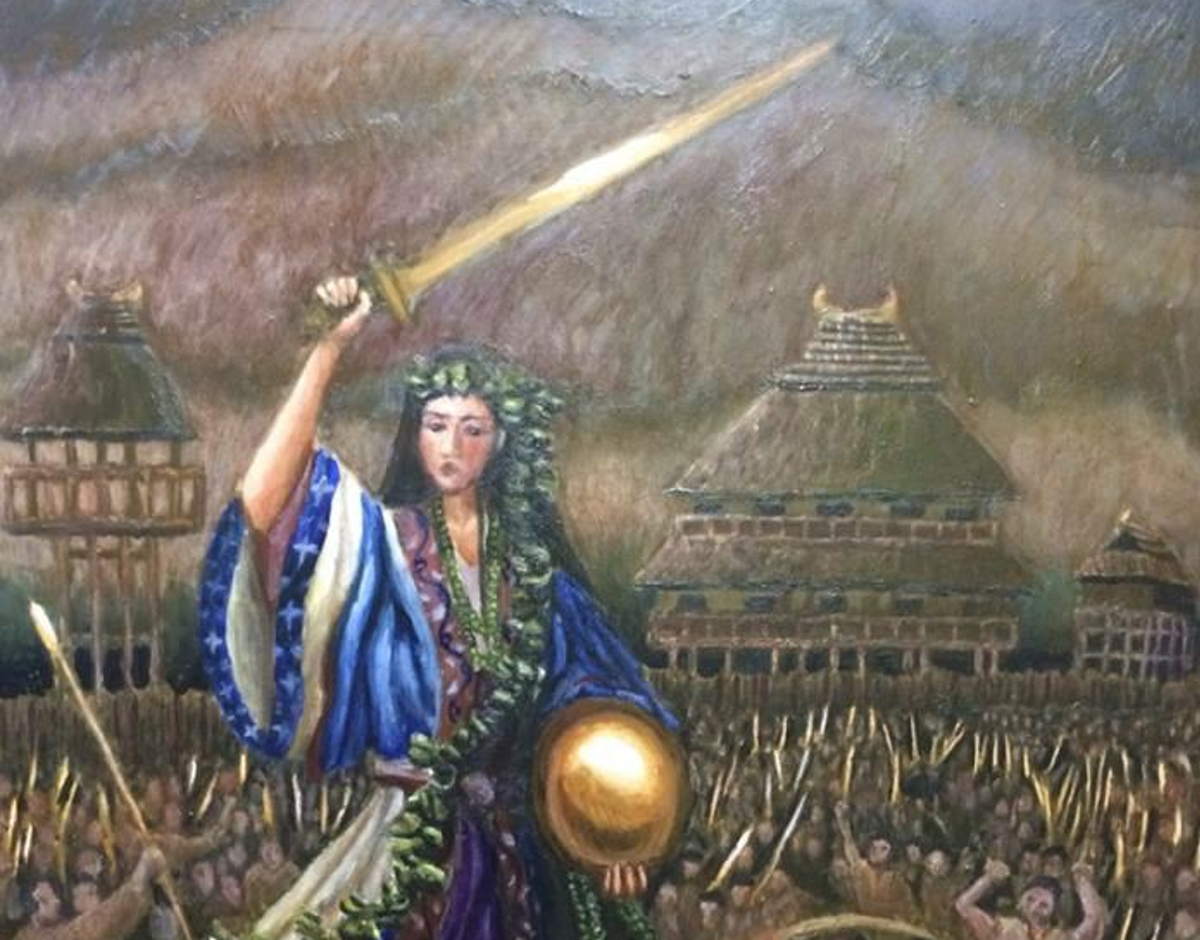The Independent's journalism is supported by our readers. When you purchase through links on our site, we may earn commission.
Japan’s dilemma: Why are only men allowed on the Chrysanthemum Throne?
The myths surrounding Japan’s imperial origins are firmly rooted in matriarchal influences, so why, when faced with a shortage of male heirs, does the country refuse to put a woman on the thrown, asks Ella Tennant

Your support helps us to tell the story
From reproductive rights to climate change to Big Tech, The Independent is on the ground when the story is developing. Whether it's investigating the financials of Elon Musk's pro-Trump PAC or producing our latest documentary, 'The A Word', which shines a light on the American women fighting for reproductive rights, we know how important it is to parse out the facts from the messaging.
At such a critical moment in US history, we need reporters on the ground. Your donation allows us to keep sending journalists to speak to both sides of the story.
The Independent is trusted by Americans across the entire political spectrum. And unlike many other quality news outlets, we choose not to lock Americans out of our reporting and analysis with paywalls. We believe quality journalism should be available to everyone, paid for by those who can afford it.
Your support makes all the difference.The question of who will succeed to Japan’s Chrysanthemum Throne when there is a shortage of male heirs is in play again after the panel set up to look into the succession recently ruled out allowing a woman to ascend the throne.
While the emperor has no political role in Japan’s constitution, the symbolic and cultural significance links to a mythological past in which the emperor is a direct descendant of the sun goddess Amaterasu.
The abdication of Emperor Akihito on 30 April 2019 and the enthronement of his eldest son Naruhito the following day as the 126th emperor of Japan reopened the public debate over the existing imperial system, which specifies that only a man can succeed to the throne.
Ancient Japan was a matriarchal society, with women as leaders until the end of the seventh century, when the Taika reform imported a new Tang Dynasty-style social system from China at the end of the reign of Empress Kōgyoku.
While the panel has announced that the current male line of succession must remain unchanged, support for allowing women to ascend the throne appears to be growing among the public. Retaining the male line of succession remains strong among conservatives.
Thirteen of the 18 imperial family members are women, but some politicians are determined to keep the male succession system and are even advocating bringing in men from distant branches of the family.
Himiko, unmarried, led a secluded life, spending her time in magic and sorcery, and was helped in affairs of the state by her brother
One of the main arguments against having a woman ascend the throne is dilution of the imperial lineage, in that a reigning empress might marry a commoner and have their children. But there have already been eight women on the Chrysanthemum Throne (nine if you include Empress Jingu, who reigned from AD201 to AD269), none of whom are recorded to have been married during their reign. They were all followed by men, therefore maintaining the male line.
In the case of Empress Jingu, even though she was removed from the list during the Meiji period of the late 19th century and replaced by her son, her “tomb” continues to be revered. In 1881, she became the first woman to be featured on a Japanese banknote.
Japan’s women leaders
The myths surrounding Japan’s imperial origins are firmly rooted in matriarchal influences. Shinto and the traditions of the emperor cult centre on belief in the sun goddess, Amaterasu, widely considered the first ancestor of the Japanese imperial family. The fact that Japanese cosmogonic myth revolves around a female deity – and that belief and worship of the goddess continue to this day in popular religious practice – would seem to be at odds with a determination to maintain a rigid patriarchal system.
The most notable among early women rulers of Japan was Queen Himiko, who unified part of the country into a powerful kingdom, ruling over more than 30 states during the latter part of the “Yayoi period” from about AD175 to AD248.
Himiko, unmarried, led a secluded life, spending her time in magic and sorcery, and was helped in affairs of the state by her brother. Discussion continues among historians as to her real identity, but the fact remains that she was a powerful woman who ruled Japan for six decades.

The first known woman to achieve the title of empress in Japan was Suiko, who ruled from AD554 to AD628. Suiko followed in Himiko’s footsteps by appointing a man, Prince Shotoku, as her regent. Like Himiko, Suiko was in power at a time of social, cultural and political change, and was considered “divinely possessed”. Empress Jingu followed.
Empress Kogyoku (594-661), held the seat of power twice – the second time known as Empress Saimei, after the Taika Reform, a series of radical political innovations, in AD655. The last female on the throne was Empress Go-Sakuramachi, who ruled from 1762 to 1771 after the death of her father and abdication of her brother, Emperor Momozono.
Women as spiritual leaders
The precedent of delegating to a man – usually a relative – the administration and organisation of their movement has continued with subsequent women spiritual leaders. Many of the new religions that emerged in Japan in the 19th and 20th centuries, such as Omotokyo, Tenrikyo, and Tensho kotai jingukyo, were founded by women. But the teachings and world views reflected established precedents and did not confront the issue of gender or female and male power relationships. Rather, spiritual awakening, for most of these women leaders, involved taking on what were seen as male qualities in order to communicate their message.

Deguchi Nao, (founder of Omoto-kyo, a new religion originating from Shinto), for example, spoke in a masculine voice, and used male language forms when possessed. Kitamura Sayo (founder of Tensho kotai jingu-kyo, which also derived from Shinto and was known as “the dancing religion”, as followers practice a dance) wore men’s clothes, perhaps demonstrating that spiritual authority requires maleness.
By conforming to the cultural norm of male-centred authority, the women were guaranteed a more attentive audience, who took their words seriously.
If to be male is seen as a cultural norm, what does the future hold for the imperial household? And – as one politician, Japanese defence minister, Taro Kono, has commented – what happens when there are no longer any male heirs left?
Ella Tennant is a lecturer in language and culture at Keele University. This article first appeared on The Conversation
Join our commenting forum
Join thought-provoking conversations, follow other Independent readers and see their replies
Comments